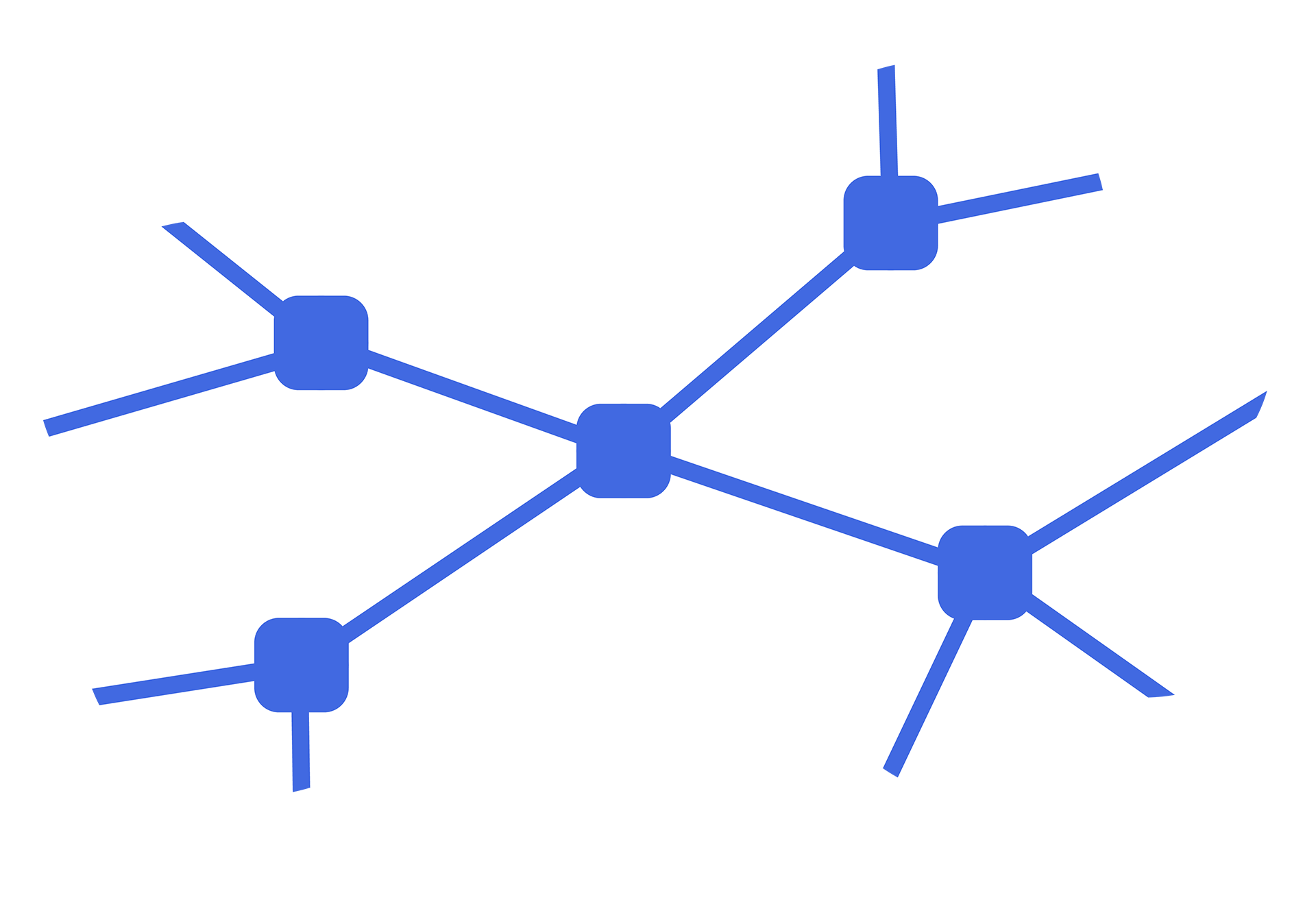Spatial tracking scales attention metrics in XR

What is ‘attention’ and why is it important to the XR industry?
‘Attention’ as a cognitive process has played a surprisingly important role in the evolutionary success of humans. Our attentional operating system gave our ancestors an unfair advantage as they emigrated from Africa thousands of years ago and remains fundamental to our understanding of the world and our communication with each other. Auditory attention is always on, in standby mode, as an early warning system against potential dangers – even when we’re asleep. Visual attention, on the other hand, is a serious bit of hardware which commands two thirds of the brain’s computing power to concentrate on specific things and gain deeper understanding. Visual attention (referred to as just ‘attention’) is part of the broader Attention Economy and a priority for the XR industry. Attention is therefore one of the key metrics of human behaviour in XR which we need to understand. What are people looking at in AR and VR environments and how does spatial tracking and eye tracking compare as attention metrics to grow the XR industry?
How is visual attention measured in AR/VR environments?
The two main approaches to measuring attention in Extended Reality are eye tracking (also known as gaze tracking) and spatial tracking (device movements in 3D space). Eye tracking solutions like Tobii typically uses inward-facing sensors (i.e. internal cameras) in HMDs to collect data on pupil size, gaze vector, eye openness etc. Spatial tracking solutions like CORTEXR use device sensors (i.e. accelerometer and gyroscope) to collect 6DOF spatial data on head (HMD) and hand (mobile) orientation, location and movement. Both eye tracking and spatial tracking are used by the XR industry to measure visual attention in multiple sectors, from Education and Training to Media and Entertainment, albeit in very different ways. Eye tracking offers qualitative data in select HMDs at a high price point whilst spatial tracking delivers quantitative data across all HMDs and mobile devices at a low price point. So how do the different technologies compare?
How is eye tracking used to measure attention in XR?
Eye tracking software helps optimise HMD performance with dynamic foveated rendering, makes avatar interactions more realistic and is used successfully in specific enterprise use cases. The human eye moves 2-3 times per second to build an understanding of a scene from target areas about the size of a coin at arm’s length and internal HMD cameras collect data on this visual scanning. The technology pre-dates XR so there are challenges with eye tracking as an attentional measurement tool in VR (let alone AR) applications. Firstly, there isn’t empirical evidence that gaze tracking corresponds with cognitive processing i.e. just because someone’s eyes point at something doesn’t mean they’re actively processing the information. Secondly, eye tracking software isn’t scalable with limited HMD integration and isn’t available on 1 billion+ AR enabled mobile devices. Thirdly, eye tracking requires specialist software and advanced data analytics skills to extract insight. This means the adoption of eye tracking technology to measure attention in Extended Reality experiences is relatively low with the Future of XR and Metaverse Measurement Study finding only 4% of companies involved in XR are using eye tracking as a measurement tool. So what is the alternative?
How is spatial tracking delivering attention metrics in XR?
Spatial tracking is an Internet of Behaviour (IoB) approach to scaling data analytics in the XR industry. Accelerometer and gyroscope sensors available in all HMD and mobile devices collect millisecond data on user location, orientation and movement in 3D space. XYZ device movements track head (e.g. VR HMD) and hand (e.g. AR mobile) positions in 6DOF experiences to deliver surprisingly accurate data on what people are looking at. This is achieved with AI and Cognitive Science which makes sense of the velocity, variety and volume of spatial data. The good news for the XR industry is that spatial tracking is a proven approach to delivering attention metrics at scale with companies like Coca-Cola, WPP, Clear Channel, Mondelēz International and Yahoo successfully measuring visual attention in AR and VR experiences. Identifying which areas in VR scenes or AR objects get the most attention – and the order and sequence of areas viewed – is essential insight which is now available for all XR projects.
What are the benefits of spatial data analytics for XR industry?
Spatial tracking is a scalable attention measurement tool which can be implemented – today – across all Extended Reality projects. CORTEXR is leading the way with an end-to-end data analytics solution which is:
Agnostic of device (HMD and mobile), platform (3D engines and XR platforms) and content (AR, VR and Metaverse).
Scalable across all projects via plug-in for 3D engines and XR platforms (Unity is live with Three.JS and A-Frame in the pipeline).
Standardised metrics of human behaviour in XR to measure, analyse and optimise performance of large data sets across all projects.
Accessible to everyone as no coding is required and prebuilt dashboards deliver insights regardless of level of data analytics expertise.
Attention, a cognitive process which is thousands of years old, is an evolutionary leap for the XR industry with studies showing that spatial tracking produces insights similar to eye tracking. From a Cognitive Science perspective, the deliberate physical movements captured by spatial tracking correspond with higher levels of cognitive processing i.e. if someone actively looks at something, they’re making a cognitive effort to understand it. Eye tracking tends to grab headlines but spatial tracking is fast evolving as the scalable solution to data analytics for AR, VR and the Metaverse.
